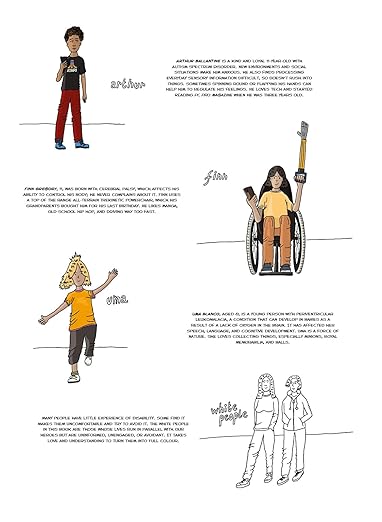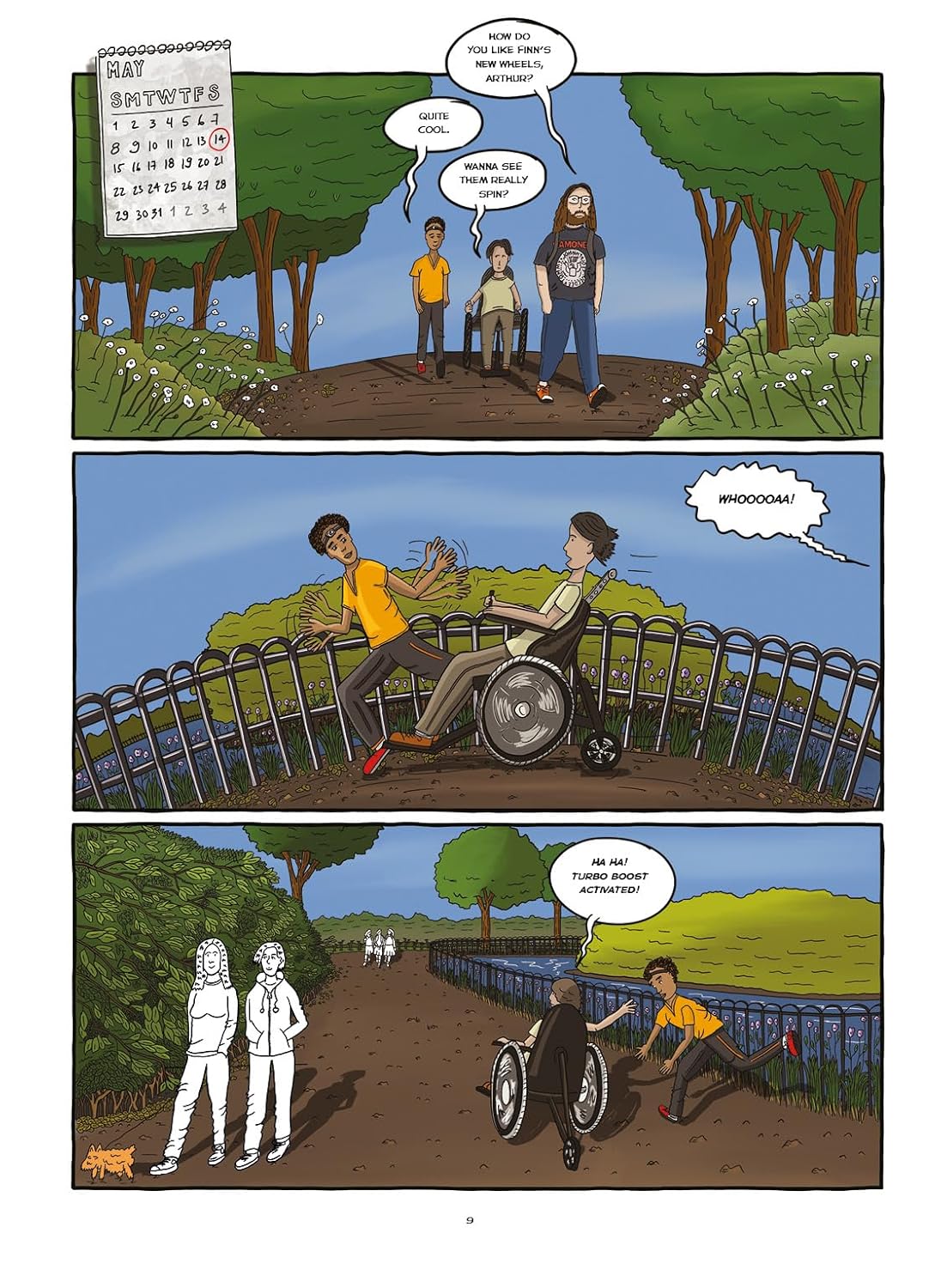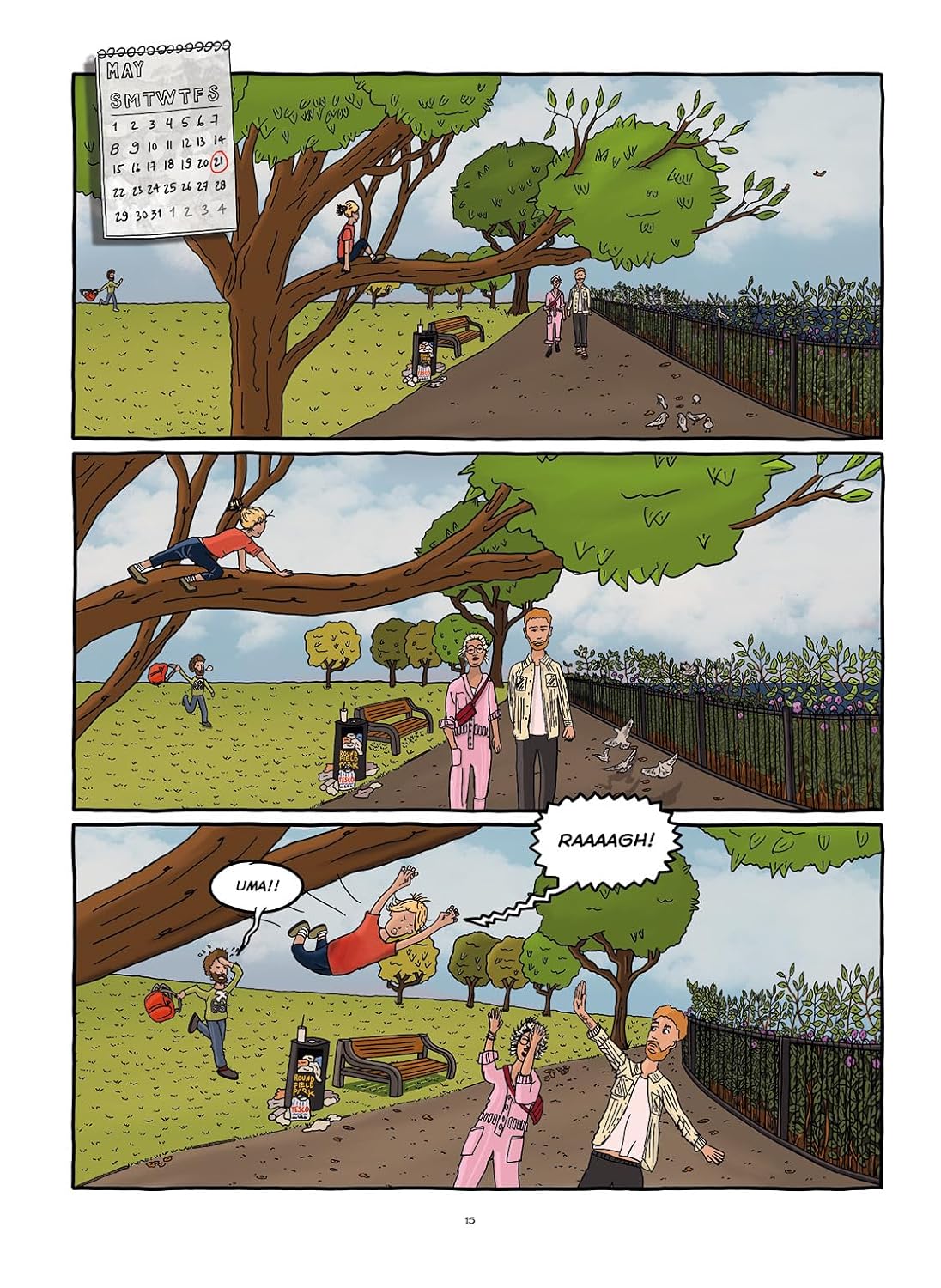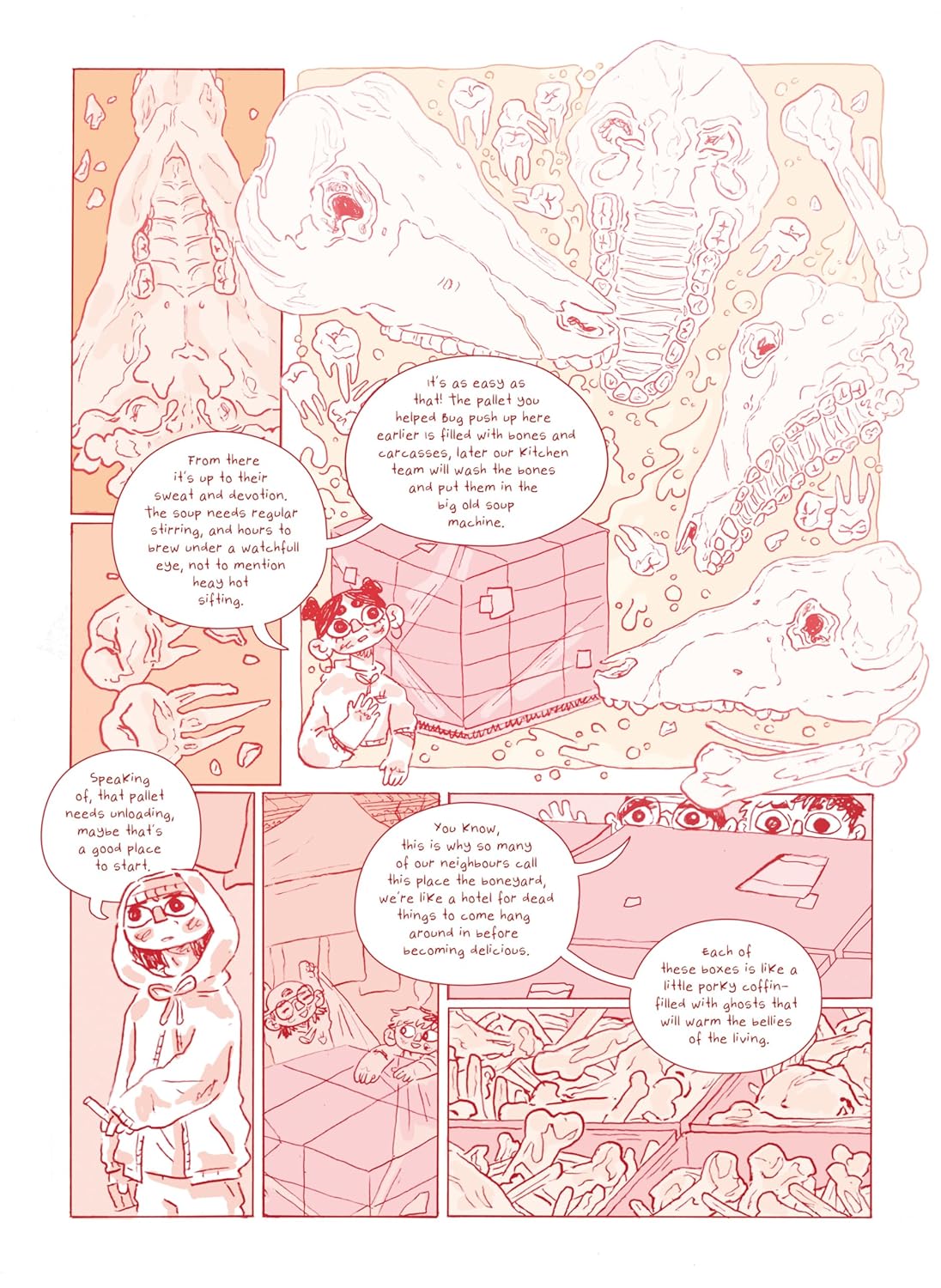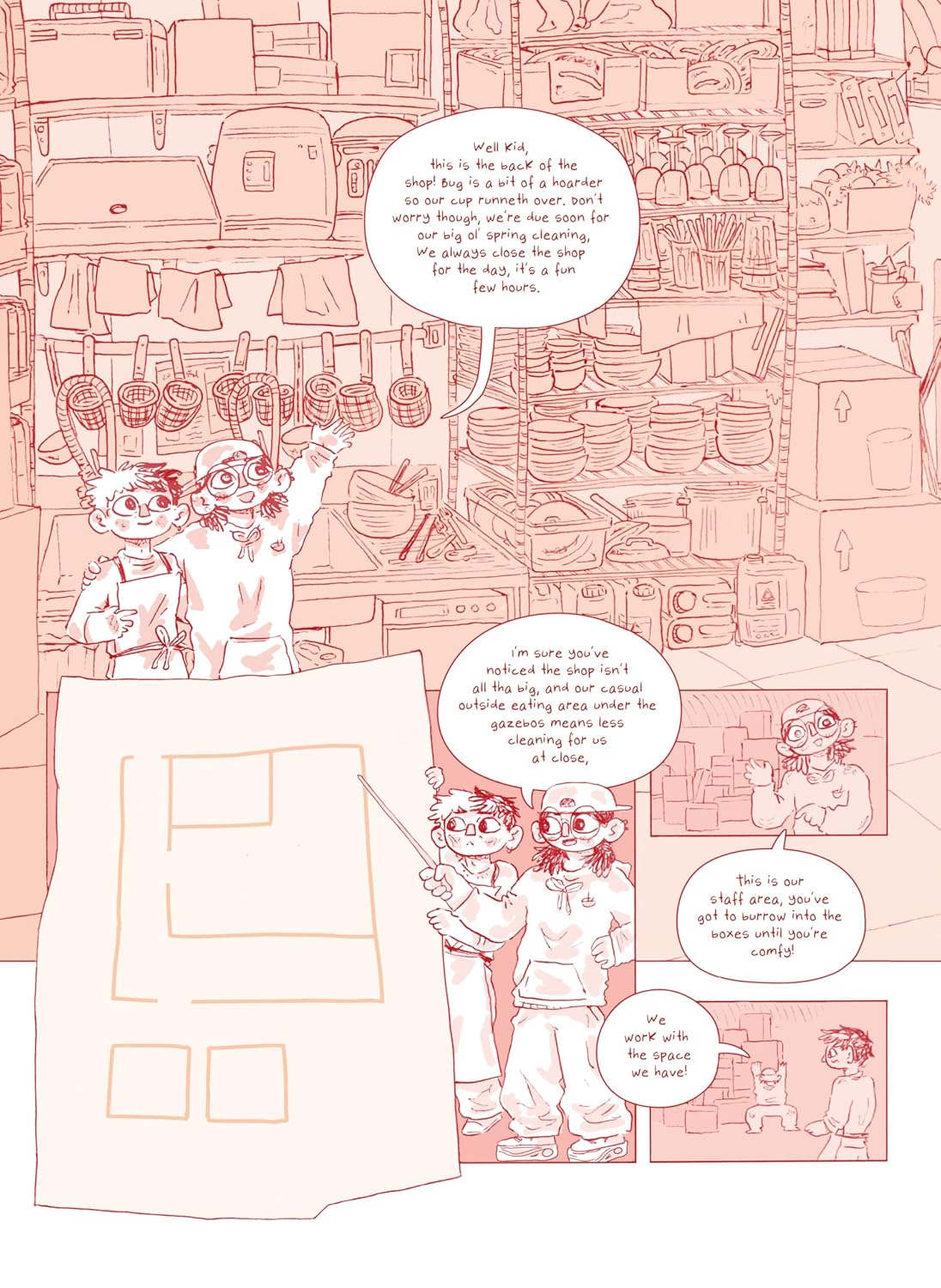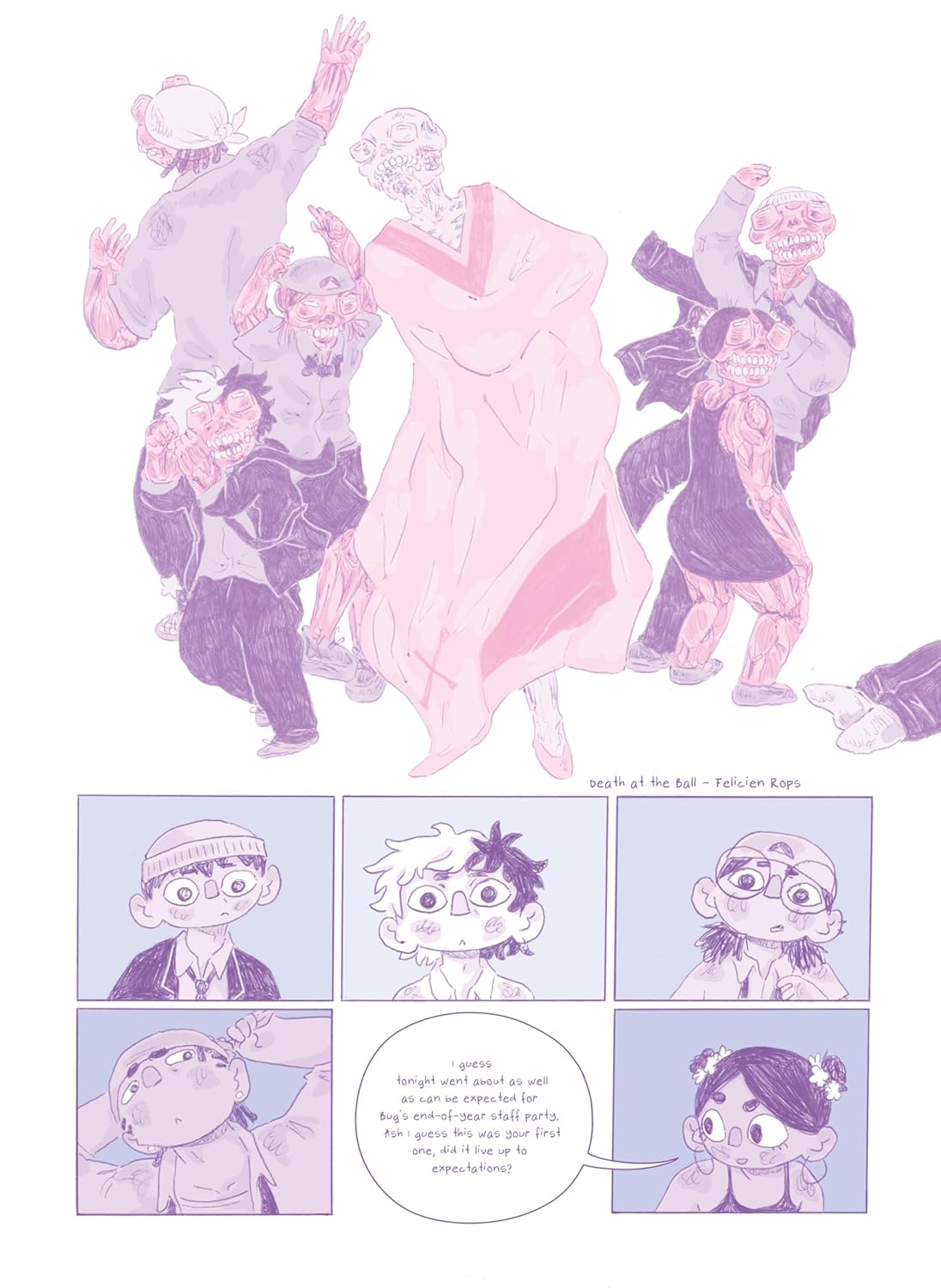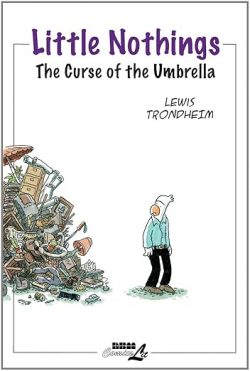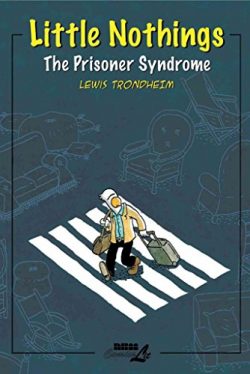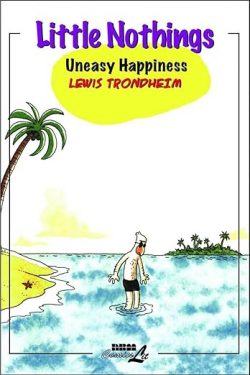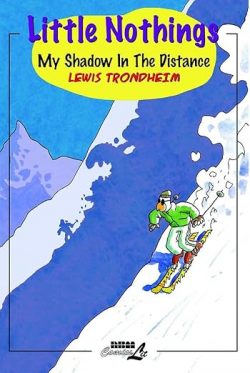
By Tim Barela (Palliard Press)
ISBN: 978-1884568060 (Album PB)
This book includes Discriminatory Content employed for comedic and dramatic effect.
We live in an era where Pride events are world-wide and commonplace: where acceptance of LGBTQIA+ citizens is a given… at least in all the civilised countries where dog-whistle politicians, populist “hard men” totalitarian dictators (I’m laughing at a private dirty joke right now) and sundry organised religions are kept in their generally law-aware-if-not-actually-abiding places by their hunger for profitable acceptance and desperation to stay tax-exempt, scandal-free, rich and powerful.
There’s still too many places where it’s not so good to be Gay but at least Queer themes and scenes are no longer universally illegal and can be ubiquitously seen in entertainment media of all types and age ranges… and even on the streets of most cities. For all the injustices and oppressions, we’ve still come a long, long way and it’s and simply No Big Deal anymore. Let’s affirm that victory and all work harder to keep it that way…
Such was not always the case and, to be honest, the other team (with most organised religions and minor theological hate-groups proudly egging them on and backing them up) are fighting hard and dirty to reclaim all the intolerant high ground they’ve lost thus far.
Incredibly, all that change and counteraction happened within the span of living memory (mine, in this case). For English-language comics, the shift from illicit pornography to homosexual inclusion in all drama, comedy, adventure and other genres started as late as the 1970s and matured in the 1980s – despite resistance from most western governments – thanks to the efforts of editors like Robert Triptow and Andy Mangels and cartoonists like Howard Cruse, Vaughn Bode, Trina Robbins, Lee Marrs, Gerard P. Donelan, Roberta Gregory, Touko Valio Laaksonen/“Tom of Finland” and Tim Barela.
A native of Los Angeles, Barela was born in 1954, and became a fundamentalist Christian in High School. He loved motorbikes and had dreams of becoming a cartoonist. He was also a gay kid struggling to come to terms with what was still judged illegal, wilfully mind-altering psychosis and perversion – if not actual genetic deviancy – and an appalling sin by his pious peers and close family…
In 1976, Barela began an untitled comic strip about working in a bike shop for Cycle News. Some characters then reappeared in later efforts Just Puttin (Biker, 1977-1978); Short Strokes (Cycle World, 1977-1979); Hard Tale (Choppers, 1978-1979) plus The Adventures of Rickie Racer, and even cooking strip (!) The Puttin Gourmet… America’s Favorite Low-Life Epicurean in Biker Lifestyle and FTW News. Four years later, the cartoonist unsuccessfully pitched a domestic (AKA “family”) strip called Ozone to LGBTQA news periodical The Advocate. Among its proposed quotidian cast were literal and metaphorical straight man Rodger and openly gay Leonard Goldman… who had a “roommate” named Larry Evans…
Gay Comix was an irregularly published anthology, edited at that time by Underground star Robert Triptow (Strip AIDs U.S.A.; Class Photo). He advised Barela to ditch the restrictive newspaper strip format in favour of longer complete episodes, and printed the first of these in Gay Comix #5 in 1984. The remodelled new feature was a big success, included in many successive issues and in 1992 became the solo star of Gay Comix Special #1.
Leonard & Larry also showed up in prestigious benefit comic Strip AIDs U.S.A. before triumphantly relocating to The Advocate in 1988, and from 1990 to rival publication Frontiers. The lovely lads even moved into live drama in 1994: adapted by Theatre Rhinoceros of San Francisco as part of stage show Out of the Inkwell. In the 1990s their episodic exploits were gathered in a quartet of wonderfully oversized (220 x 280 mm) monochrome albums which gained a modicum of international stardom and some glittering prizes. Final compendium How Real Men Do It was released by Palliard Press in 2003, and follows the convoluted, constantly crossing paths of the vast cast until the strip’s painfully abrupt demise…
As previously stated, as well as featuring a multi-generational cast, Leonard & Larry was a strip that progressed in real time, with characters all aging and developing accordingly. The episodes were never about sex – except in that the subject is a constant generator of hilarious jokes and outrageously embarrassing situations. Triumphantly skewering hypocrisy and rebuking ignorance with dry wit and superb drawing, instalments and extended sequences cover various couples’ home and work lives, perpetual parties, physical deterioration, social gaffes, rows, family revelations, holidays and even events like earthquakes and ever imminent anti-gay legislation and even fanciful prognostications.
Following an Introduction from Ron Jackson Suresha and the standard recaps, the highly strung hilarity continues much as it always has…
Leonard Goldman and Larry Evans live together in relatively calm, happily and expressively snide happiness, despite vast family circles and friend groups all at odds with each other. As well as an overwhelming panoply of real life travails and traumas, their existences are complicated by redoubling dreams, weird events and increasingly odd fantasy and dream manifestations, such the ghosts of composers Peter Ilyich Tchaikovsky and his bitter frenemy Johannes Brahms who plague many cast members: acting always as the vanguard of even odder occurrences to come…
The interwoven family tapestry is primarily a comedy of manners, played out against social prejudices and changing attitudes to gay life, but also delivers shocking moments of drama and tension and heartwarming sentiment set in and around West Hollywood. The extensive L&L clan comprise Goldman’s formidable, eternally unaccepting mother Esther – who still ambushes him with blind dates and nice Jewish girls – and Mr. Evans’ ex-wife Sharon: mother of Richard and David (the sons of their 18-year marriage).
Whilst still in school Richard knocked up and wed classmate Debbie, making the scrappy loco parentals and Leonard unwilling grandparents years (decades even!) before they were ready. By this stage the oldsters equally adore baby Lauren and little brother Michael…
Maternal grandparents Phil and Barbra Dunbarton are ultra conservative and stridently Christian, spending much time fretting over all those unsaved souls… and their own social standing. They’re particularly concerned over role models and whatever horrors the grandkids are exposed to whenever the gay guys babysit. Their appearances are always some of funniest and most satisfying as the deviant clan expands exponentially, as in this edition when some of Phil’s own youthful indiscretions are exposed, thanks to one of Larry’s cherished and long hoarded 1970’s gay porn magazines that he refused to throw away…
David Evans is as queer as his dad, and works in Larry’s leather/fetish boutique store on Melrose Avenue. That iconic venue provides loads of quick, easy laughs and many edgy moments, thanks to local developer/predatory expansionist Lillian Lynch who still wants the store at any cost and passing trade who all carry secrets of their own.
David also adds to grandparental burden after he and his bestie Collin help their lesbian roommate Nat get pregnant with the net result that our freaked out oldsters become grandfathers yet again…

The store is also the meeting point for many other couples in Leonard & Larry’s eccentric orbit. Close friend and flamboyant former aerospace engineer Frank Freeman lives with acclaimed concert pianist Bob Mendez and is saddled with a compulsive yen for uniforms. It’s previously come in handy whenever Bob’s sex-crazed celebrity stalker Fiona Birkenstock breaks jail to re-kidnap him, but almost every acquaintance brings fresh wonders to the mix.
L&L’s friends and clients all enjoy expanded roles this time, offering other perspectives on LA life, as the cast broadens ever wider, to include a wave of faded starlets, B-movie actors, workmen, contractors and ever more aggressive anti-gay activists…
Larry’s other store employee is Jim Buchanan whose alarming dating history stabilised when he met a genuine cowboy at one of L&L’s parties. Merle Oberon was a newly “out” Texan trucker who added romance and stability to Jim’s lonely life. Sadly, it got complicated in other ways once Merle became a Hollywood soap star and his agents, managers and co-star convinced him his career needed Oberon back in that closet. That extremely long-running plot thread comes to a most satisfactory conclusion here after Merle comes out in the most spectacular stunt TV sitcoms have ever seen, but also brings fresh perils when Merle’s scheming PA Vicky decides to add poor timid Jim to the list of gay men she’s attempted to cure with her bodily allure and ruthless manipulations…
Jim, by the way, was the original and central focus of the overly-critical dead composers’ puckish visits, but now has to share them with so many others. He’s not sorry about that…
As the demanding ghost composers play pranks on more of the minor cast members, their wild games and snarky comments are always balanced by the slow panic of ever-kvetching aging-averse Larry who is painfully refusing to adapt to being a doting grandad/perennial babysitter while observing his failing facilities. Even the local Gym for “his people” don’t want him: apparently hairy men are so last decade. Larry does, however, find some new lease on life when Leonard has the kitchen redone and he meets the burly contractors toiling hard and stripped down to their skivvies in the fierce Melrose summer heat…

Ex-wife Sharon remains a prime source of hilarious woe having been recently “knocked up” at one of Leonard & Larry’s frequent dinner parties thanks to fine wine and their only straight acquaintance (classical violinist Gene Slatkin). Their brief encounter originally sparked incomprehensible jealousy and primeval macho ownership behaviour in Larry, but now his nights attending her geriatric pregnancy have made him an unpaid babysitter for yet another family addition…
As the Millennium approaches, Larry gets extremely house proud and increasingly voyeuristic, but all hopes for “easy eyefuls” and schemes to arrange for good-looking, similarly minded pretty men to move in next door are disasters, leading to shame, humiliation, Leonard’s sustained mockery, minor injury and the world’s worst case of manifest “be careful what you wish for”…
After losing his safe comfy show, Texan star Merle joins the cast of a Sesame Street knock-off where he learns puppets, puppeteers and kids’ entertainers are a breed unto themselves…
With younger players taking centre stage, the author takes every opportunity to spike not just anti-gay bigots but take on good old-fashioned racism and dated ideas too, such as granddaughter Lauren’s inappropriate underwear moment or via gleefully potent pokes at American fundamentalism, as when the “Christian Coalition” relentlessly pursue anti-gay marriage legislation Proposition 22 and seeks to “turn” Larry’s Lauren into a propaganda spouting angel of good…
The series ended on an accidental cliffhanger as Good God-fearing Christians bought the building complex David lived in and started evicting tenants. Just the ones with same-sex roommates of course…
That was where it all ended back then, but see below for an update…
Leonard & Larry was a traditional domestic marital sitcom/soap opera with Lucille Ball & Desi Arnaz – or more aptly, Dick Van Dyke & Mary Tyler Moore – replaced by a hulking bearded “bear” with biker, cowboy and leather fetishes and a stylishly moustachioed, no-nonsense fashion photographer. Taken in total, it’s a love story about growing old together, but not gracefully or with any semblance of dignity. Populated by adorable, appetisingly fully fleshed out characters, the strip was always about finding and then being yourself. It remains an irresistible slice of gentle whimsy to nourish the spirit and beguile the jaded palate. If you feel like taking a Walk on the Mild Side now this tome is still at large through internet vendors. So why don’t you?
How Real Men Do It © 2002, 2004 Palliard Press. All artwork and strips © 2002-2004 Tim Barela. All rights reserved Introduction © 2003 Ron Jackson Suresha.

After decades of waiting, the entire ensemble epic was made available again courtesy of Rattling Good Yarns Press. Hefty hardback uber-compilation Finally! The Complete Leonard & Larry Collection (ISBN: 978-1-955826-05-1) was released in 2021, reprinting the entire saga – including cartoon afterword ‘…Meanwhile Twenty Years Later’ to catch readers up on what happened when the strip shut down. It’s a little smaller in page dimensions (216 x 280mm) and far harder to lift, but it’s Out There if you want it…

